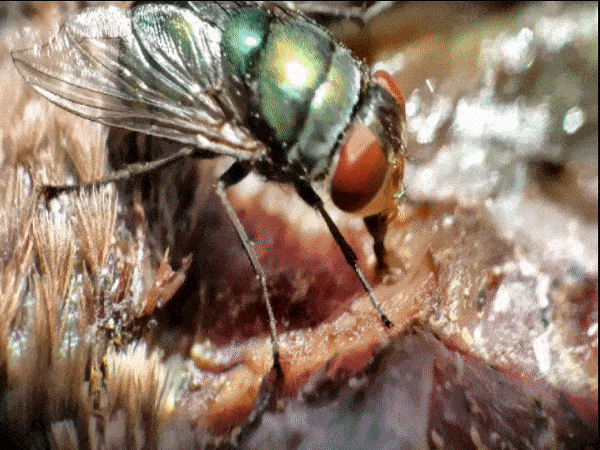Hello folks who wonder if WHO declares coronavirus outbreak a pandemic and asks people to quarantine themselves for 2 weeks, will they order Netflix to release the new season of Stranger Things for people to binge-watch at home,
Imagine if you were working as a homicide detective, what would your typical day look like?
Sitting in traffic while getting frustrated at the last-second lane mergers, getting your name misspelled on your Starbucks cup, smelling the fish that your colleague microwaved, excusing yourself from the girl scout cookies your colleague is selling you and getting first dibs at the scene of a murder.
So let's say you arrive at the crime scene at a local park, where you see the deceased lying in a face down position. The police officer casually asks you "When do you think the murder took place?". You reply "Well, that depends on how many babies are born". The officer calls you a weirdo and leaves you alone(then it dawns on you why you don't have friends who will hangout with you on the weekends)
Anyways, below is the victim you see lying at the crime scene.
Blow flies are fascinating creatures because they always want to get the first dibs on a dead body unless the victim was killed by a predator. This is the way it works, female blow flies who are ready to start a family are always on the lookout for a place to lay their eggs. Their sense of smell for dead bodies is so acute, that they can reach the location of the dead body within a few hours. Once at the site, they will lay around 150-200 eggs on the body in a moist area that provides food and protection for its babies.
These eggs are usually shiny, white colored and rod shaped. So if you just see the eggs, you can put an estimate that the victim has been dead for at least few hours before the fly laid the eggs.
Shown below is a clutch of eggs laid on a corpse.
So how does that help the case? You see, these larvae will hatch in 24 hours and start feeding on the corpse. If you see the larvae wiggling around, you can estimate that at least a day has passed since the blow fly laid the eggs.
In order to determine the exact time the eggs were laid, investigators will usually take these maggots in the evidence bag and let them grow in a lab with an optimum temperature. Based on the time it takes to become an adult, they can estimate when the eggs were laid on the body. One thing to keep in mind is that all it simply tells them is when the eggs were laid, not when the death took place which can be a few hours apart.
Below is a larva looking for a juicy spot on the corpse.
Adult Blowflies are still nostalgic about '80s fashion trends and you can tell that by their appearance. They sport metallic green or blue bodies. In addition, these ones have eyes that occupy almost 70% of their head, which is used to find the best spot to lay their eggs and also to snoop on the text conversations the passenger besides it on the train is indulging in.
Below is the blow fly, scouting for a good place to lay the eggs, also quenching its thirst on a hot summer day.
All this talk about death and maggots, I just lost my appetite can we atleast have a palate cleanser? Sure, how about love? Does that sound like a good deal?
Imagine if you were working as a homicide detective, what would your typical day look like?
Sitting in traffic while getting frustrated at the last-second lane mergers, getting your name misspelled on your Starbucks cup, smelling the fish that your colleague microwaved, excusing yourself from the girl scout cookies your colleague is selling you and getting first dibs at the scene of a murder.
So let's say you arrive at the crime scene at a local park, where you see the deceased lying in a face down position. The police officer casually asks you "When do you think the murder took place?". You reply "Well, that depends on how many babies are born". The officer calls you a weirdo and leaves you alone(then it dawns on you why you don't have friends who will hangout with you on the weekends)
Anyways, below is the victim you see lying at the crime scene.
These eggs are usually shiny, white colored and rod shaped. So if you just see the eggs, you can put an estimate that the victim has been dead for at least few hours before the fly laid the eggs.
Shown below is a clutch of eggs laid on a corpse.
In order to determine the exact time the eggs were laid, investigators will usually take these maggots in the evidence bag and let them grow in a lab with an optimum temperature. Based on the time it takes to become an adult, they can estimate when the eggs were laid on the body. One thing to keep in mind is that all it simply tells them is when the eggs were laid, not when the death took place which can be a few hours apart.
Below is a larva looking for a juicy spot on the corpse.
Below is the blow fly, scouting for a good place to lay the eggs, also quenching its thirst on a hot summer day.






No comments:
Post a Comment
Did you learn something new in this post? Let us know in the comments below